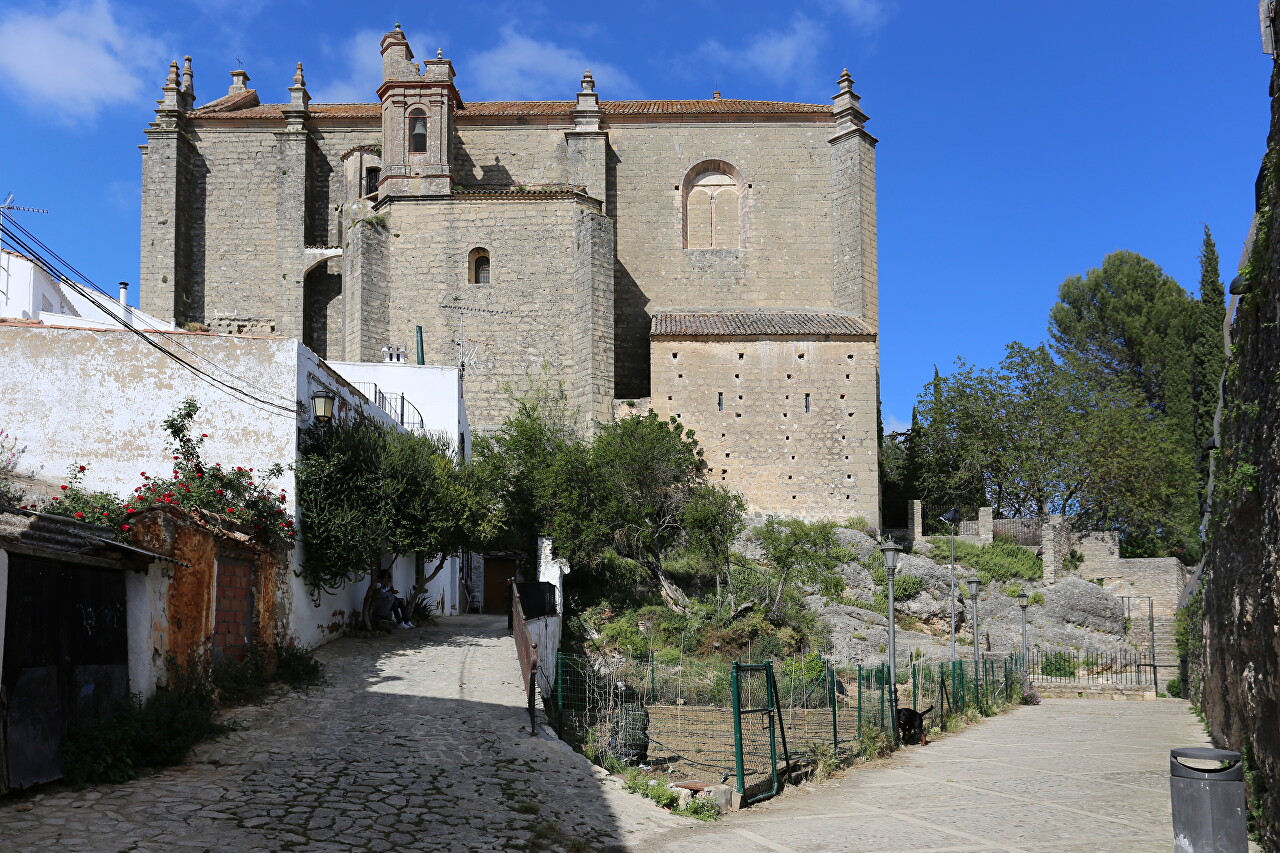Church of the Holy Spirit (Iglesia del Espíritu Santo), Ronda
On the southern outskirts of the old town, next to the Almocabar gate, there is the oldest church of Ronda, the construction of which began on May 24, 1485, shortly after the expulsion of the Moors by the Castilian kings and lasted 20 years. The consecration of the church was timed to coincide with the twentieth anniversary of the capture of Ronda by Christians. This happened on the day of the Holy Spirit, which is celebrated on the 50 days after Easter (Pentecost). Until the completion of the construction of the Cathedral of St. Mary, the Church of the Holy Spirit remained the main one in Ronda, after which it became a parish. The church is built on the foundation of a destroyed mosque and is a single-nave stone building with blank walls and practically devoid of decorations, more like a fortification. This style can be described as transitional from Gothic to Renaissance. The powerful walls are accentuated by large buttresses and terminating turrets in the Renaissance style, but having Gothic forms. At the ends of the transepts there are cubic chapels, which are located below the central nave. A bell tower of a very original shape rises above the right chapel from two vertical volumes reinforced with archbuttons. The facade is very simple, repeats the scheme of late Gothic facades, surrounded by two large buttresses, which, like the others, are topped with turrets. The portal is a large semicircular arch, incorrectly framed by an alfiz, the only Mudejar motif in the church. Above the arch is a small niche decorated with a dove of the Holy Spirit. Above, a window opens under an expanding and slightly pointed arch, reminiscent of Gothic windows, although very strict. The facade ends with a pediment with a central oculus. The nave is divided into three parts and is covered by a rib vault. In the sacristy to the right of the altar there is a small museum of church utensils. The church is open in summer from 17 to 20 hours, in winter from 16 to 19. At the same time, you can climb the bell tower by paying 2 euros.
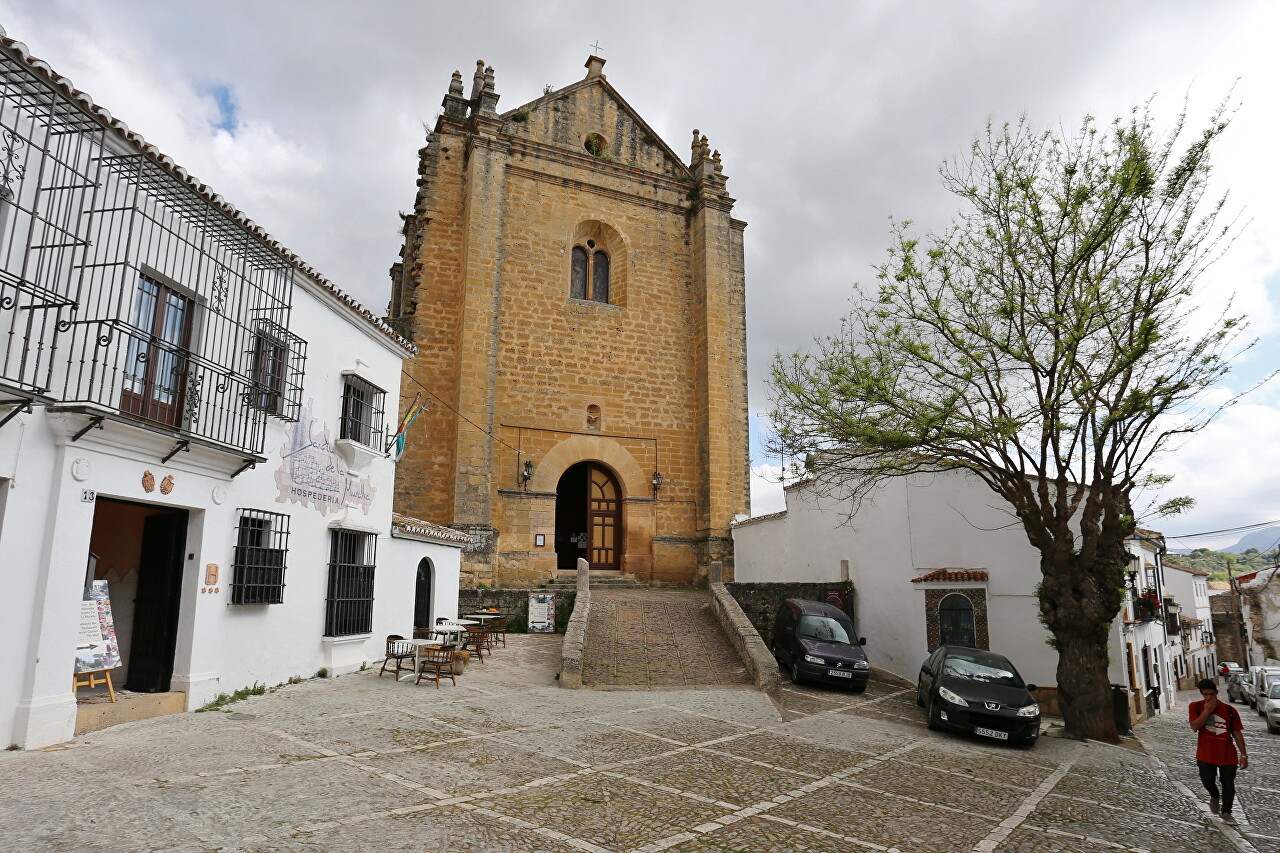
..
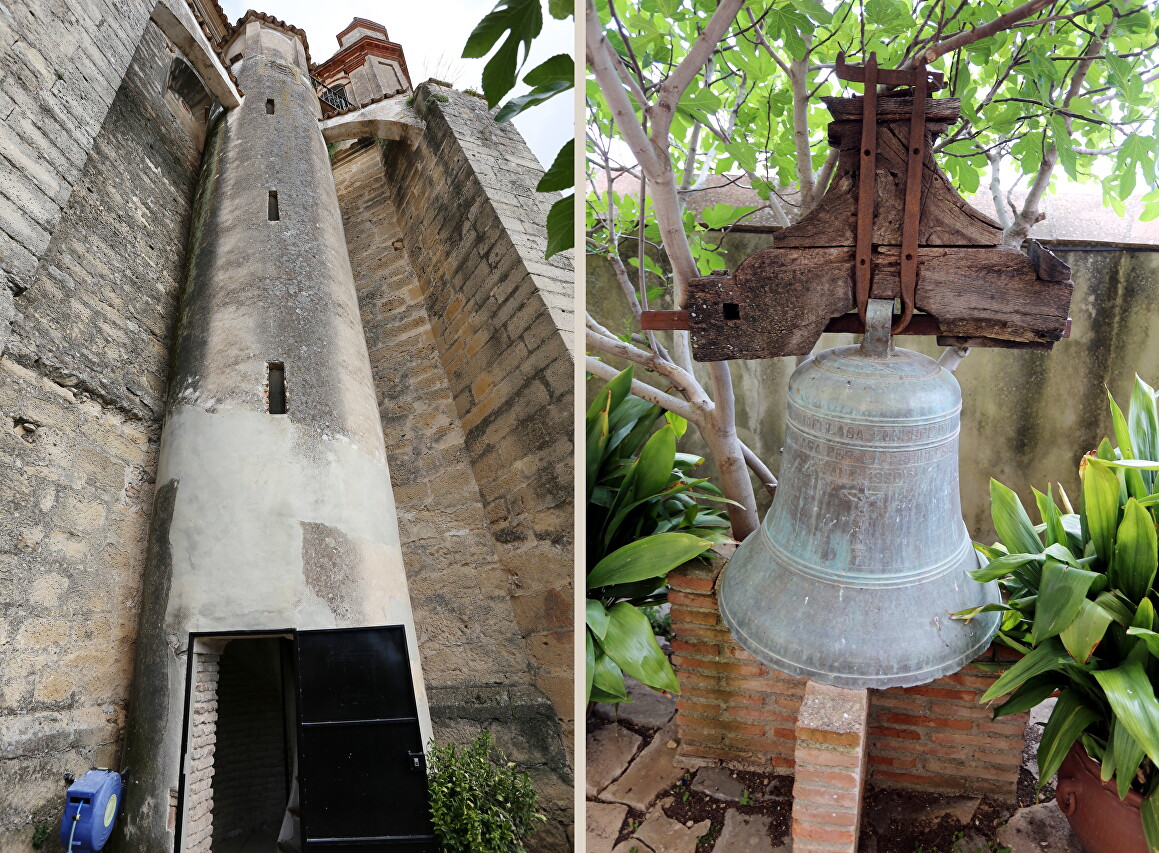
..
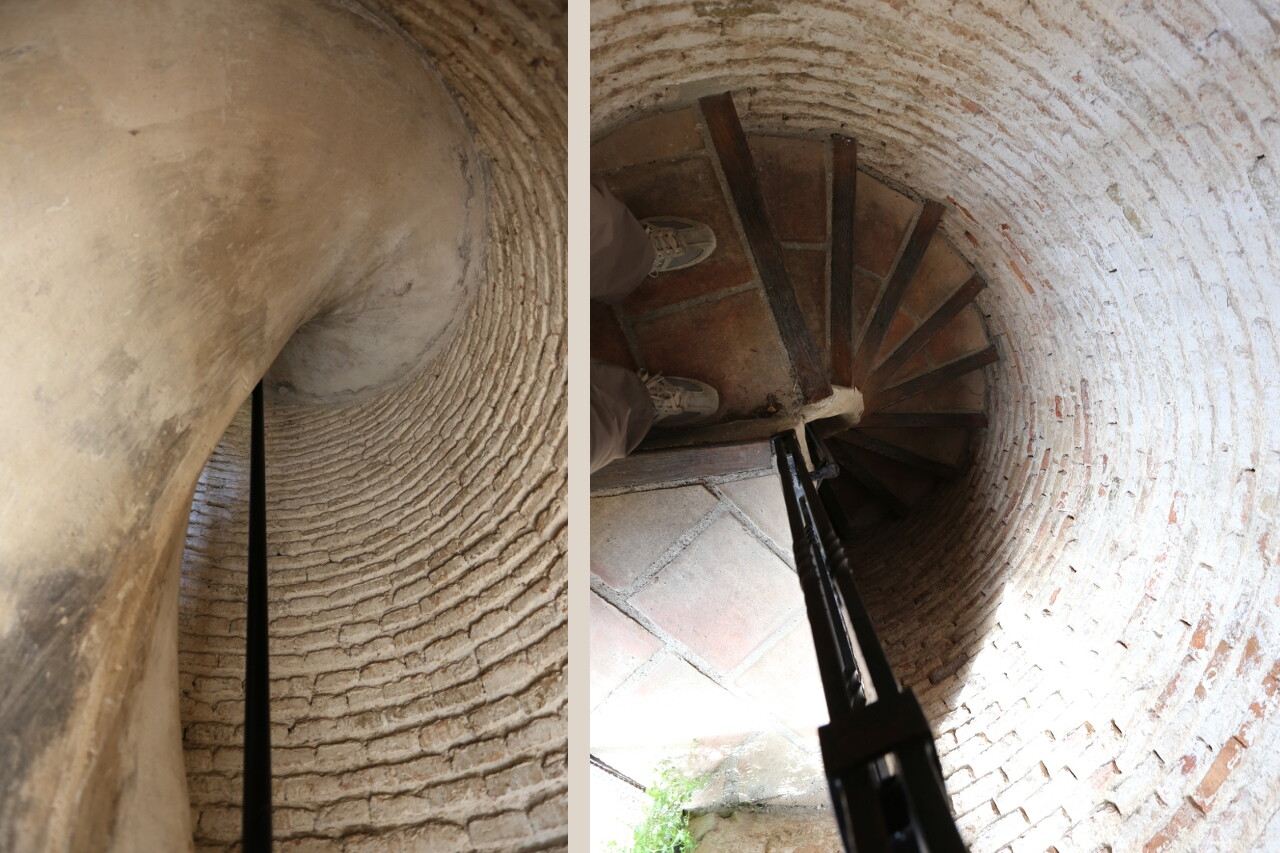
..
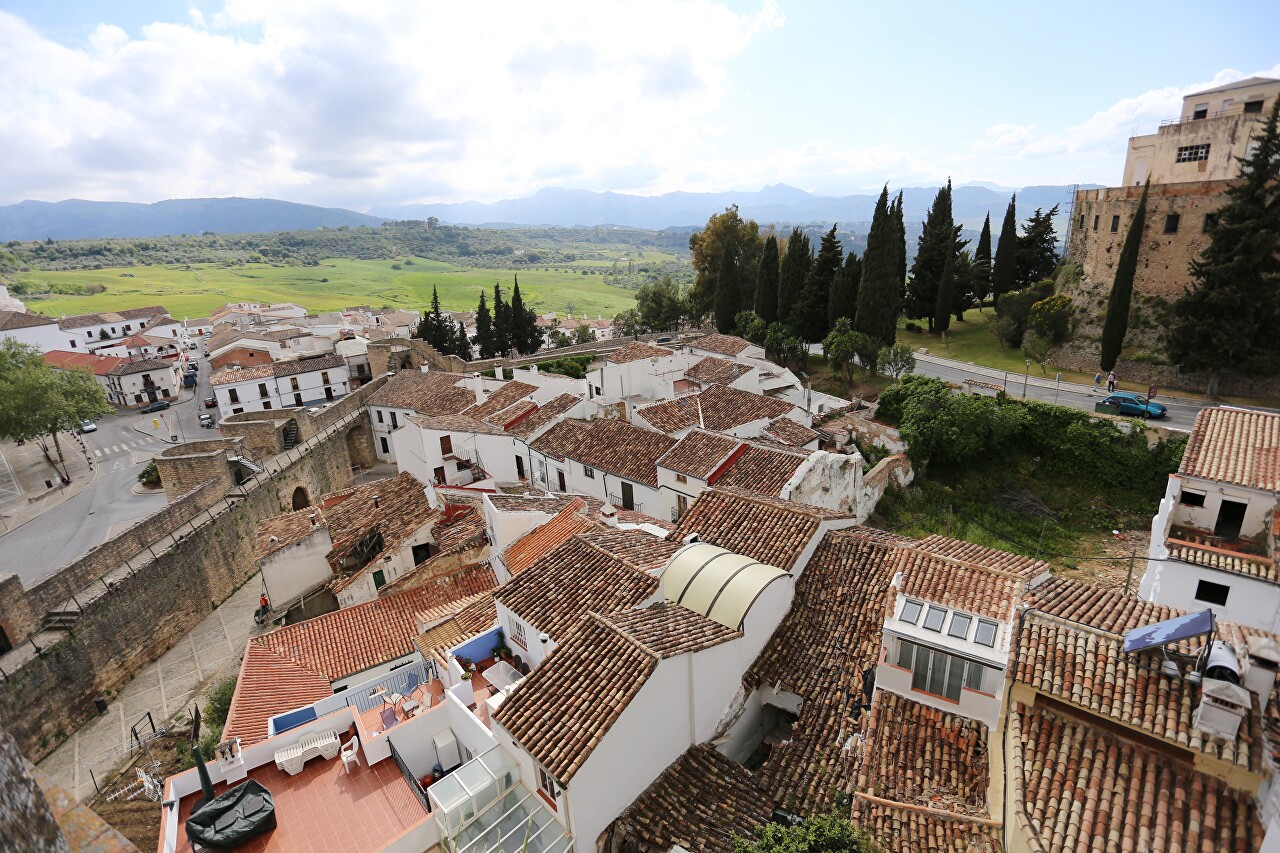
..
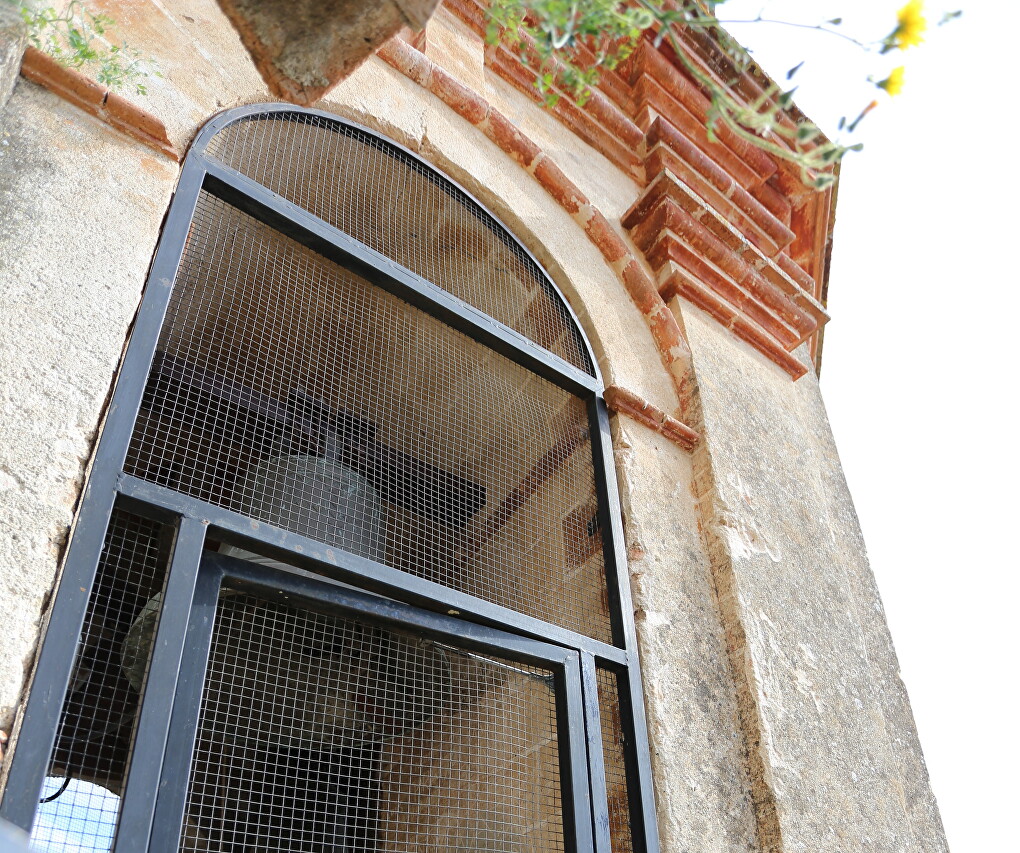
..
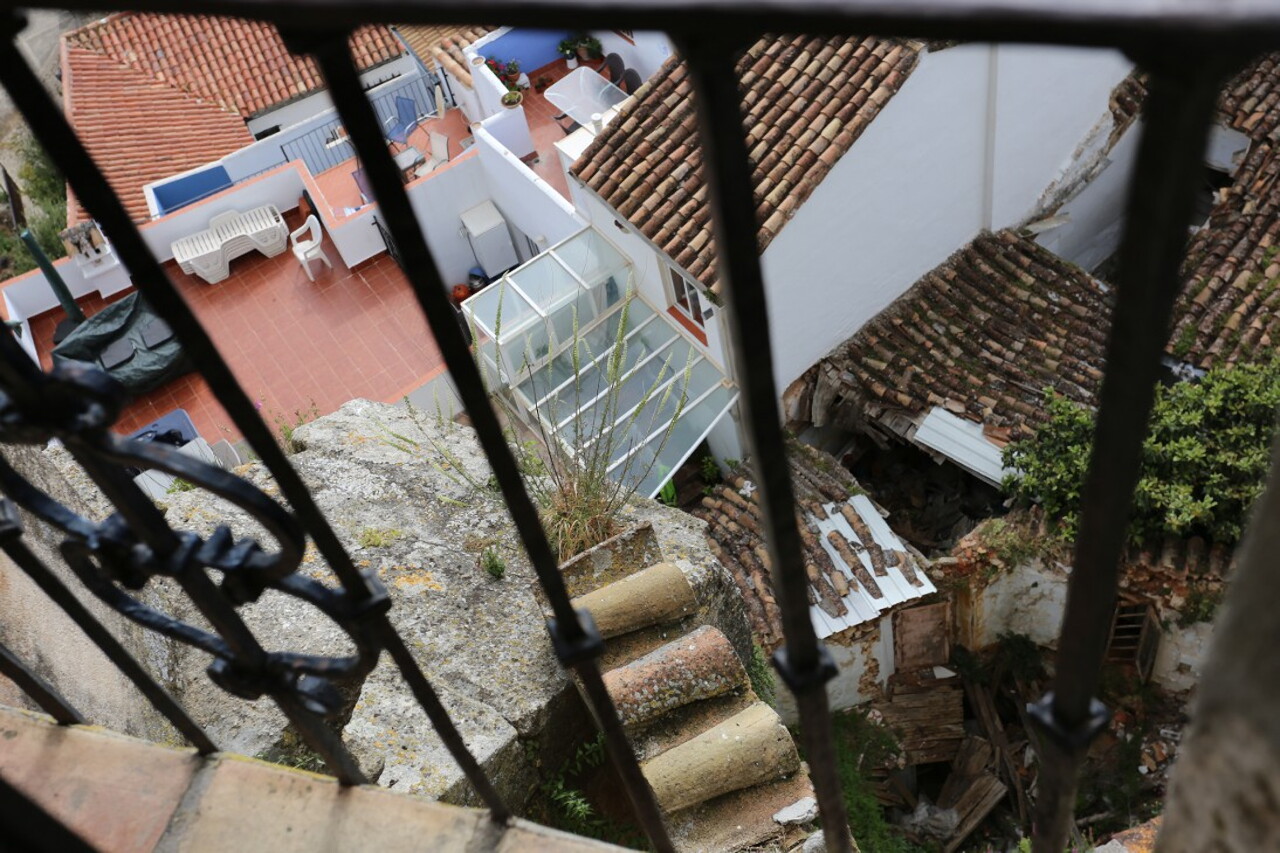
..
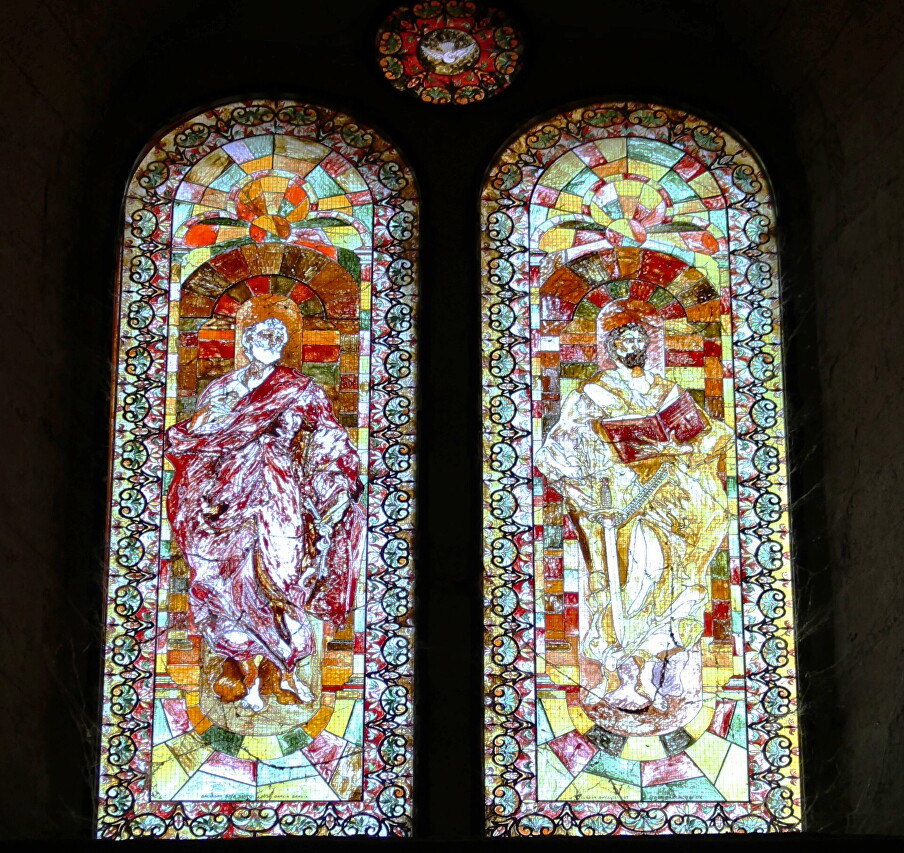
..
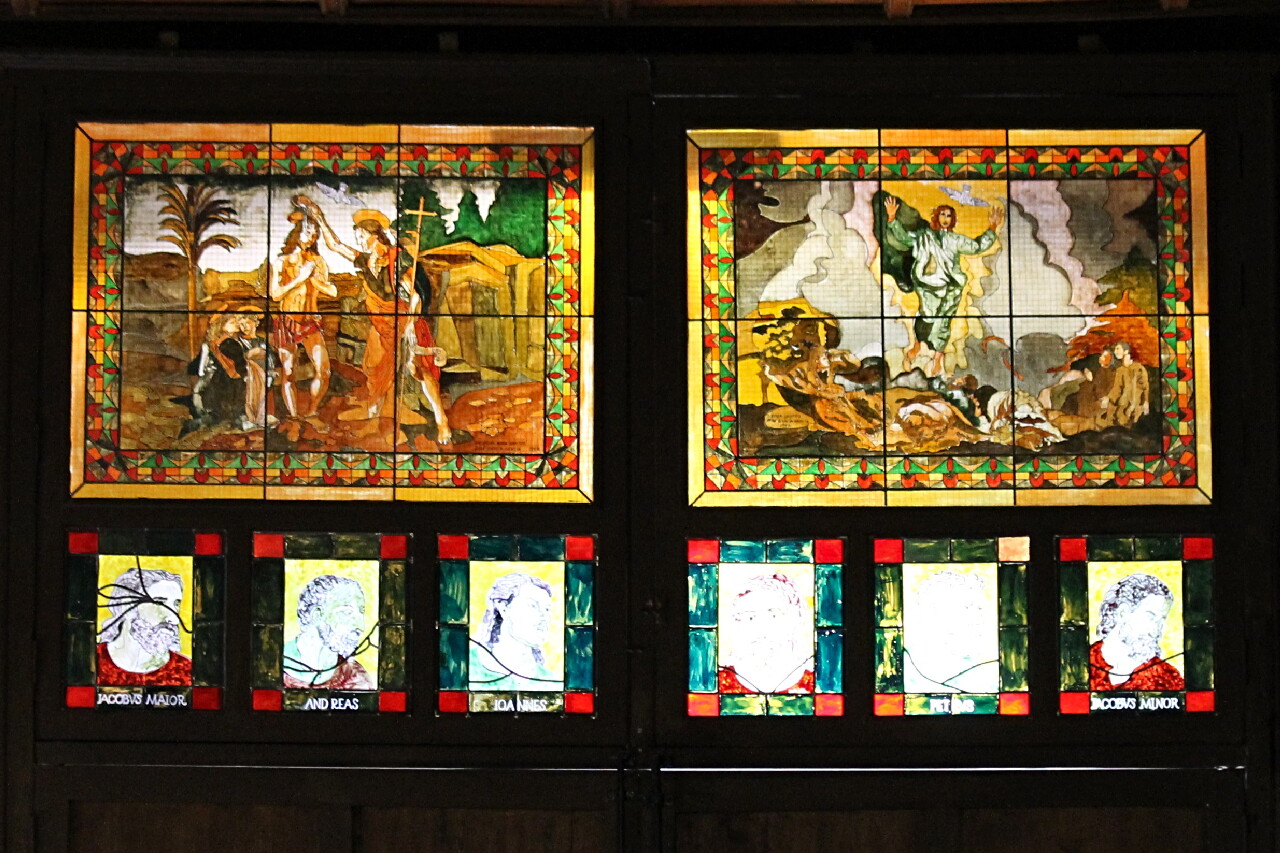
..
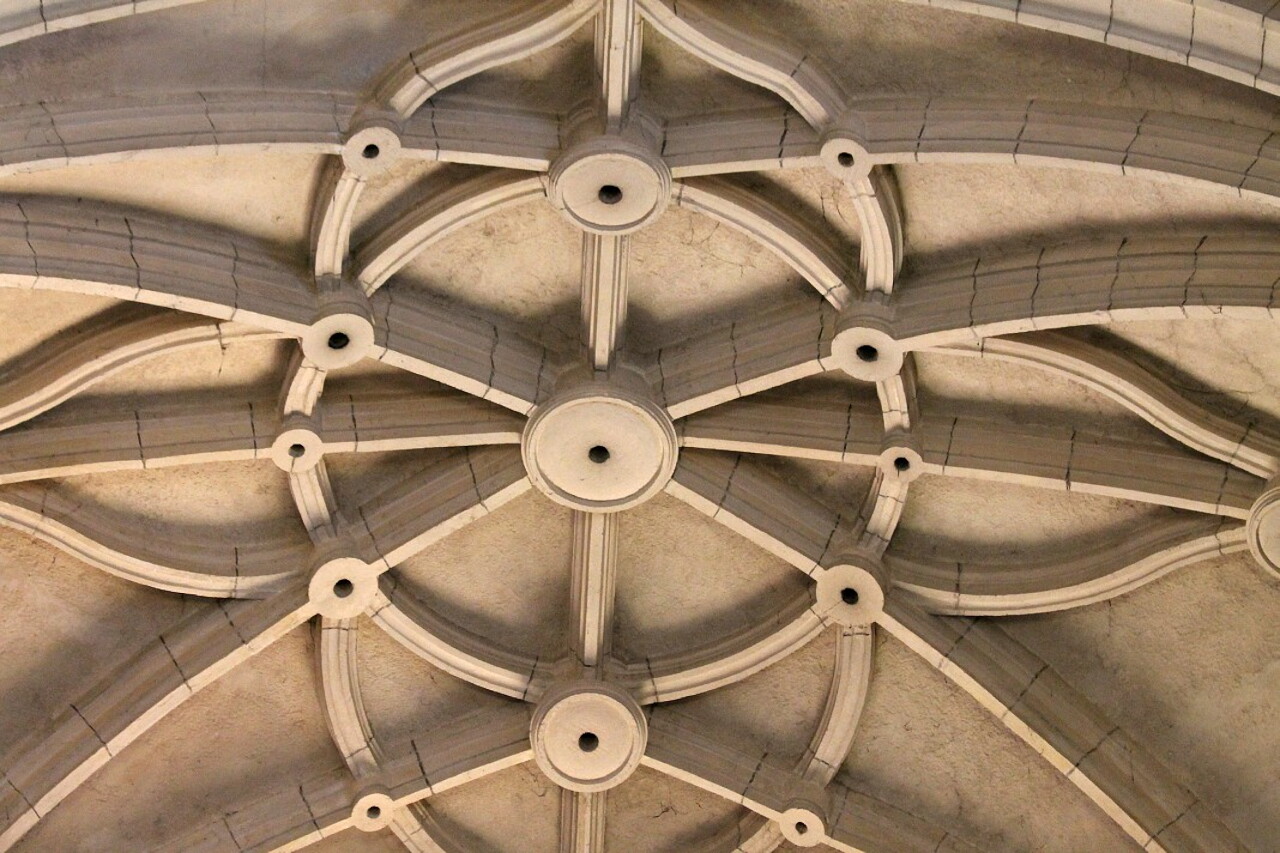
..
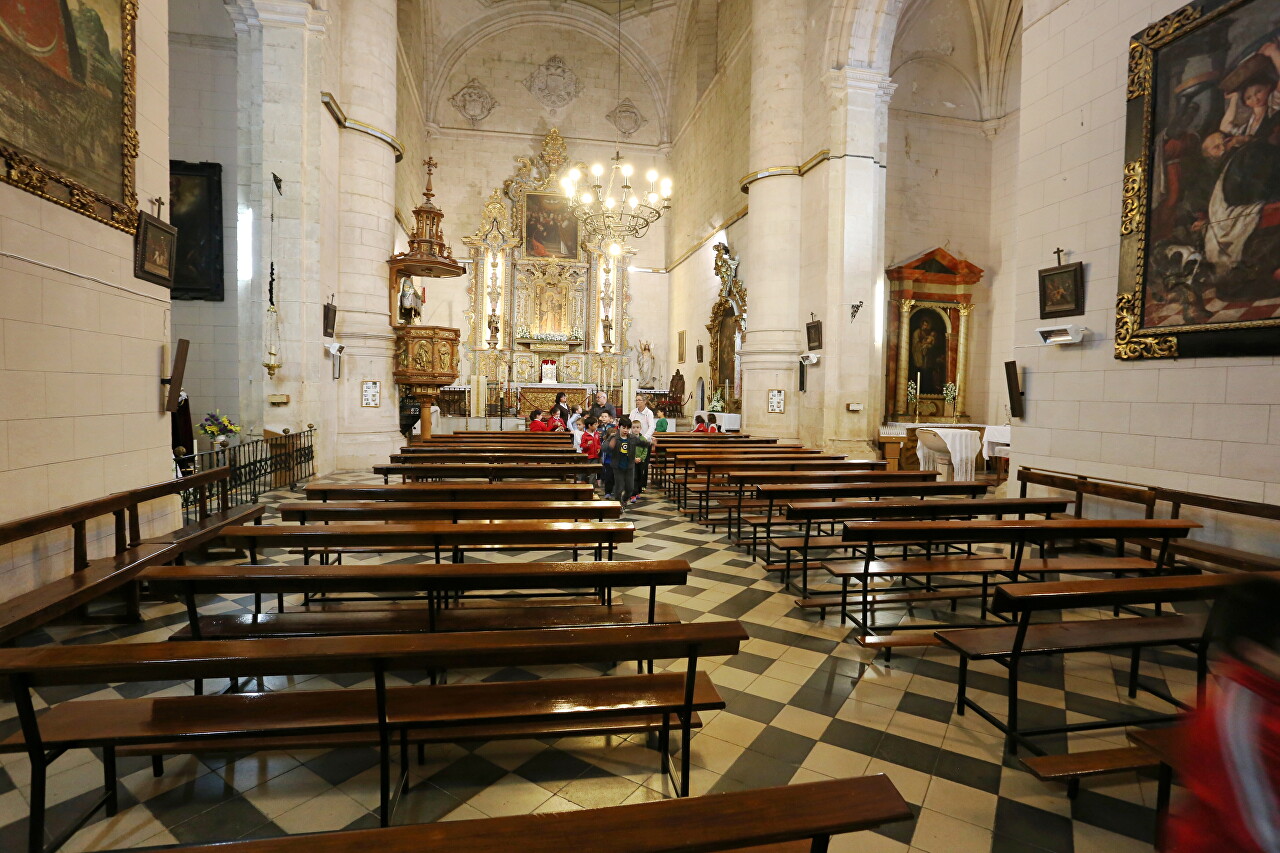
..
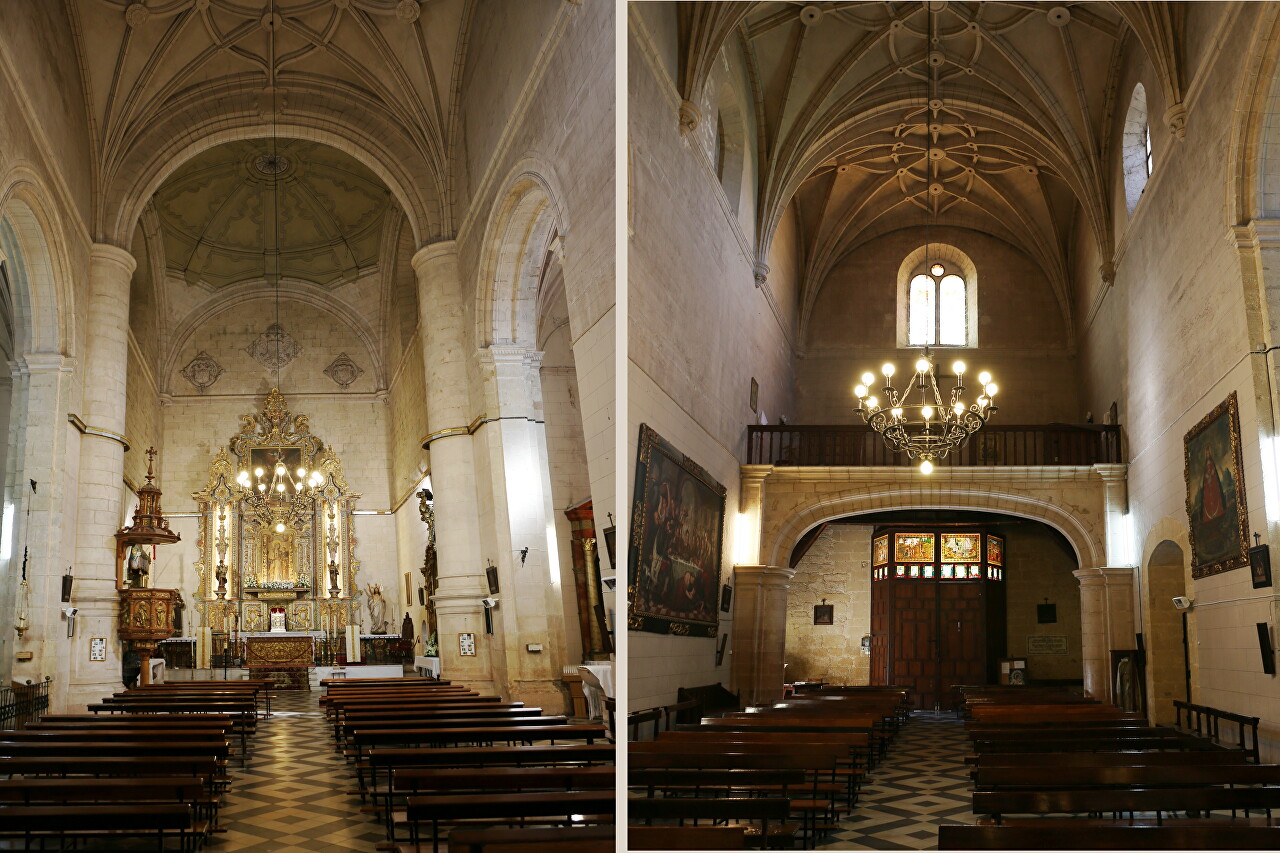
..
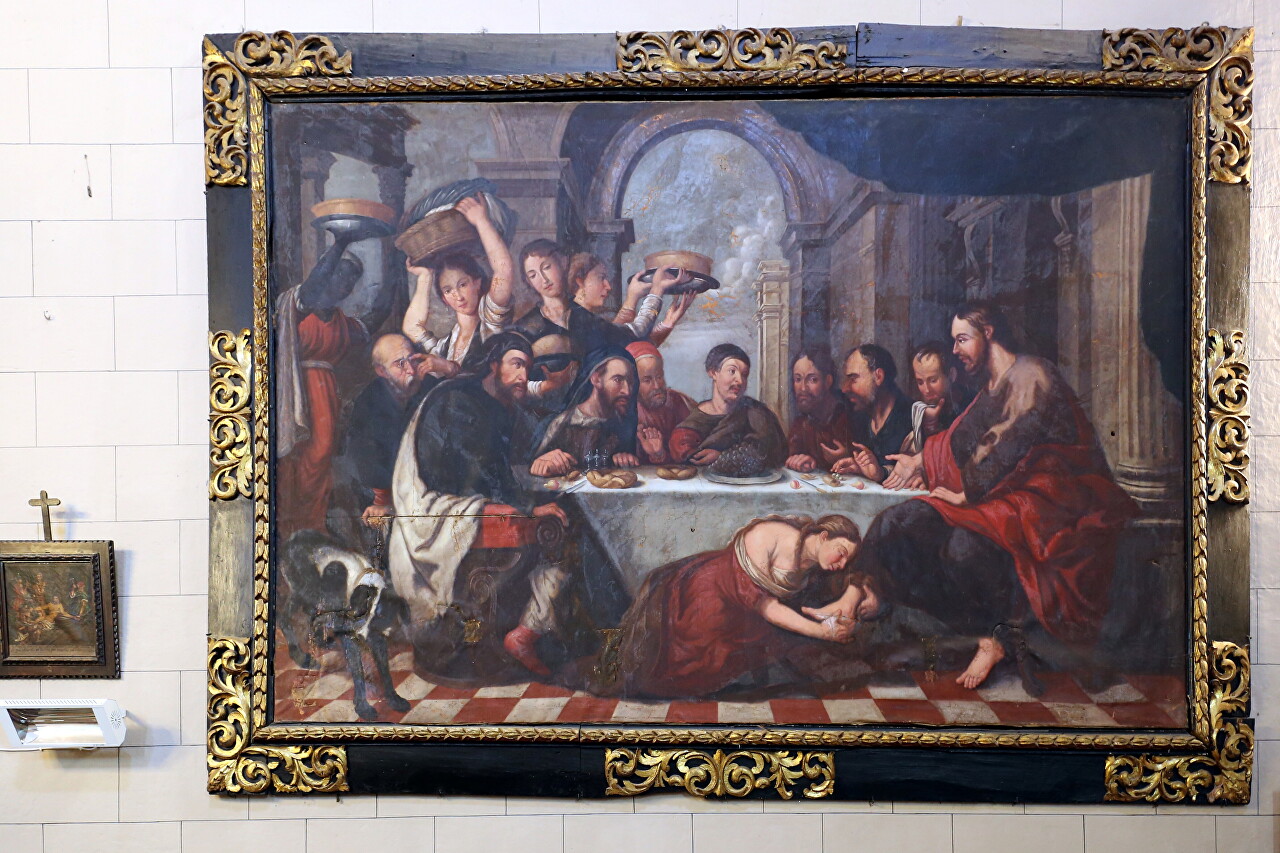
..
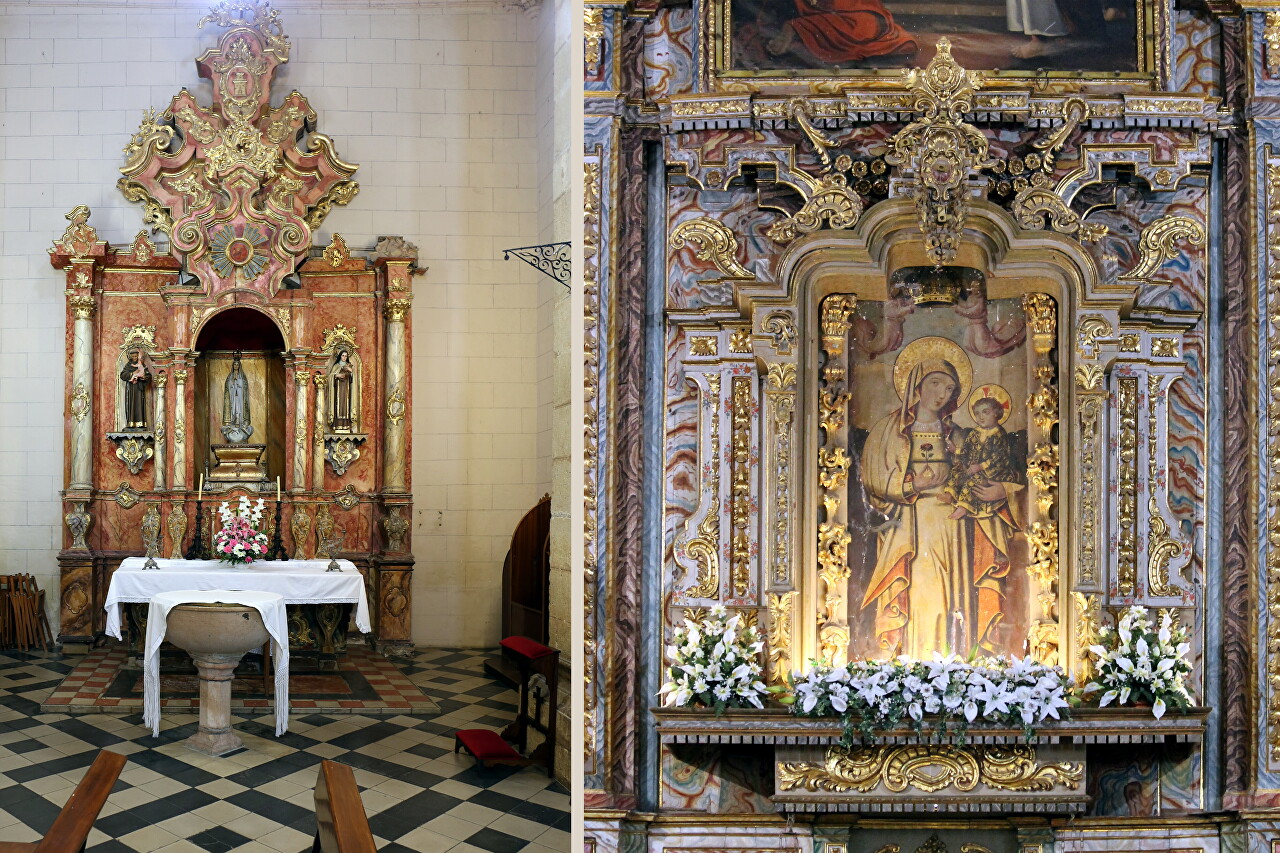
..
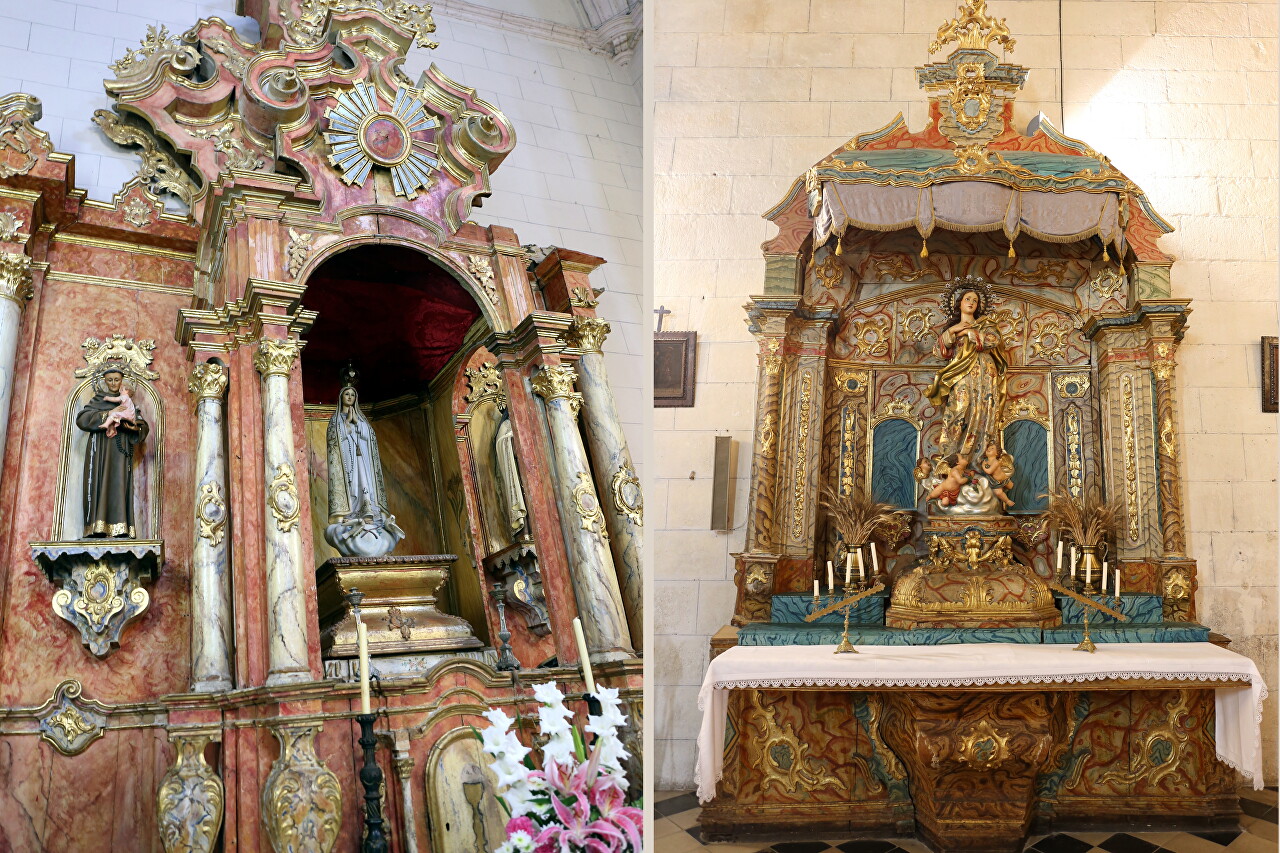
..
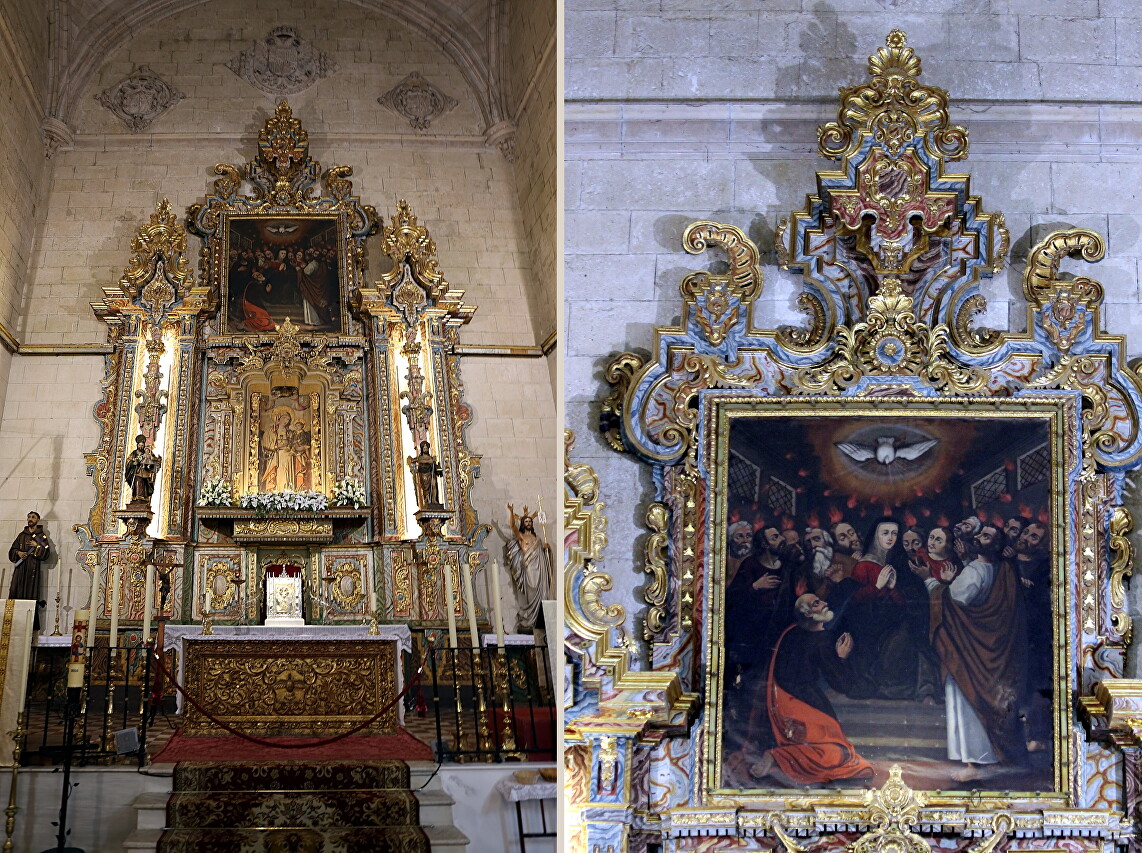
..
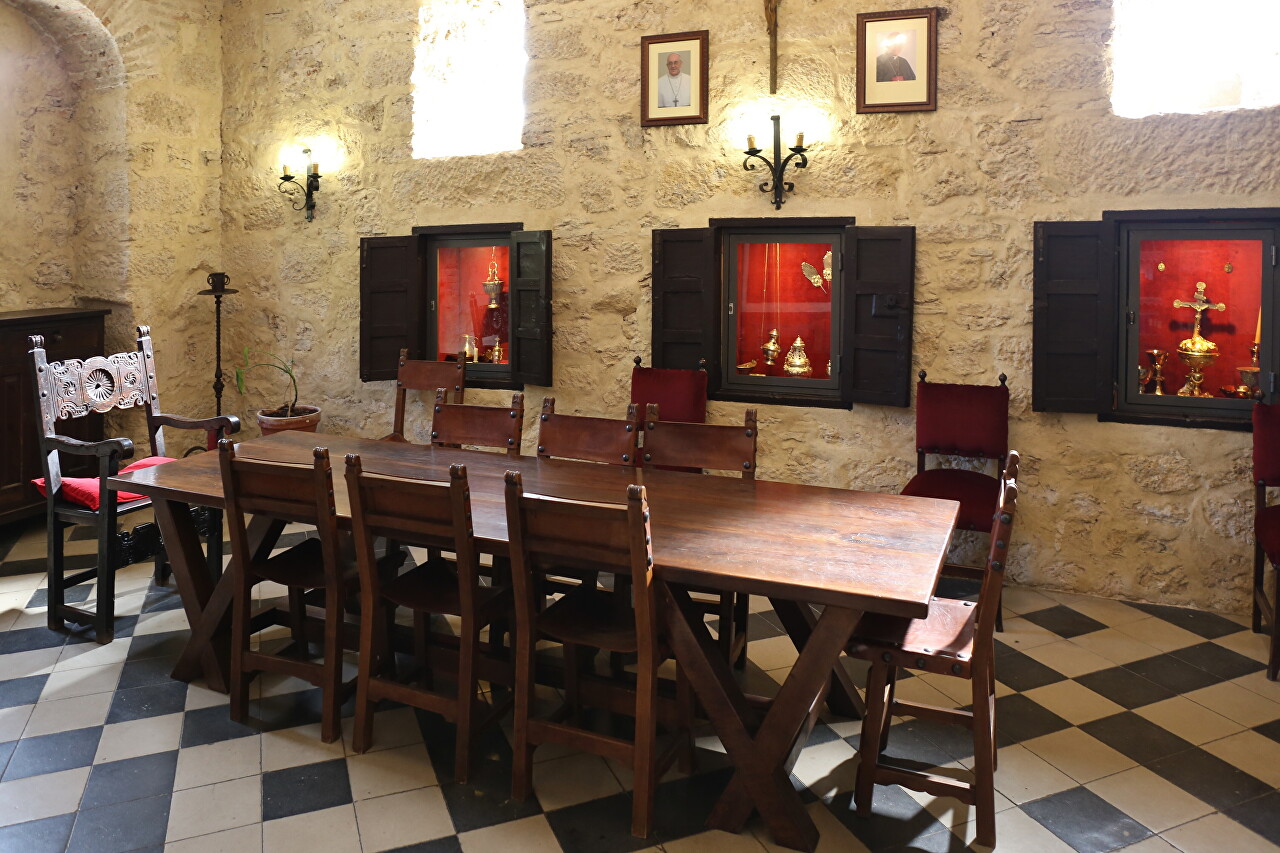
..
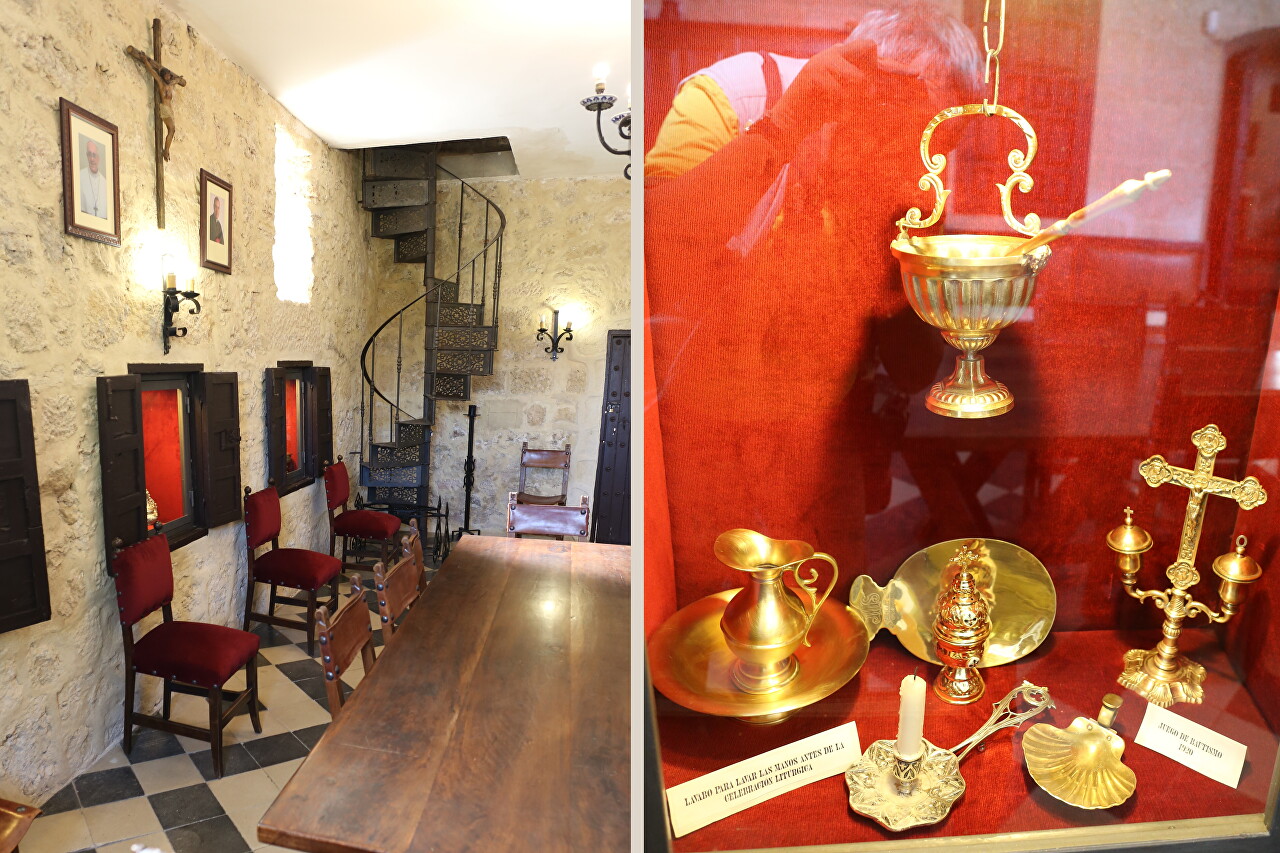
..
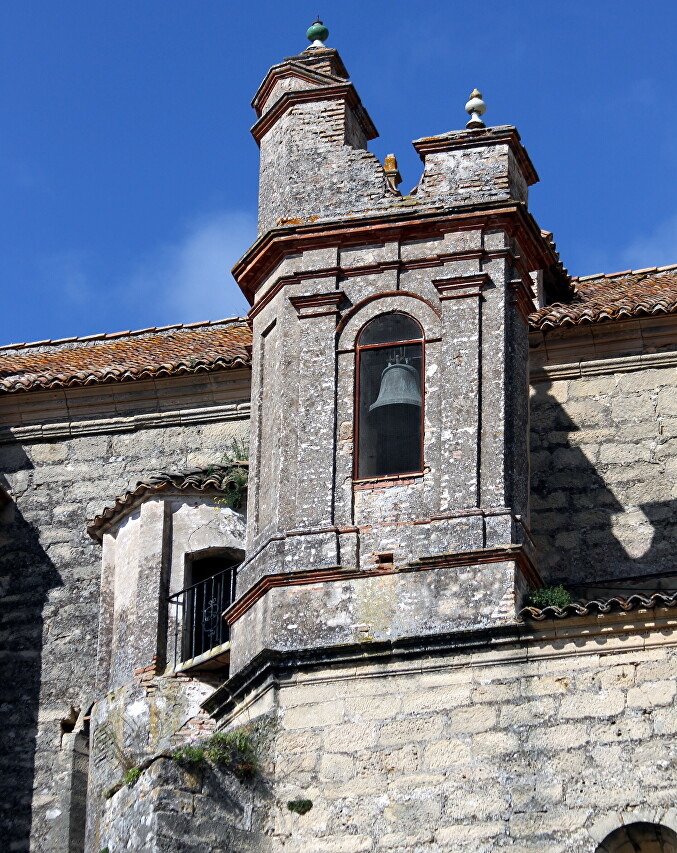
..
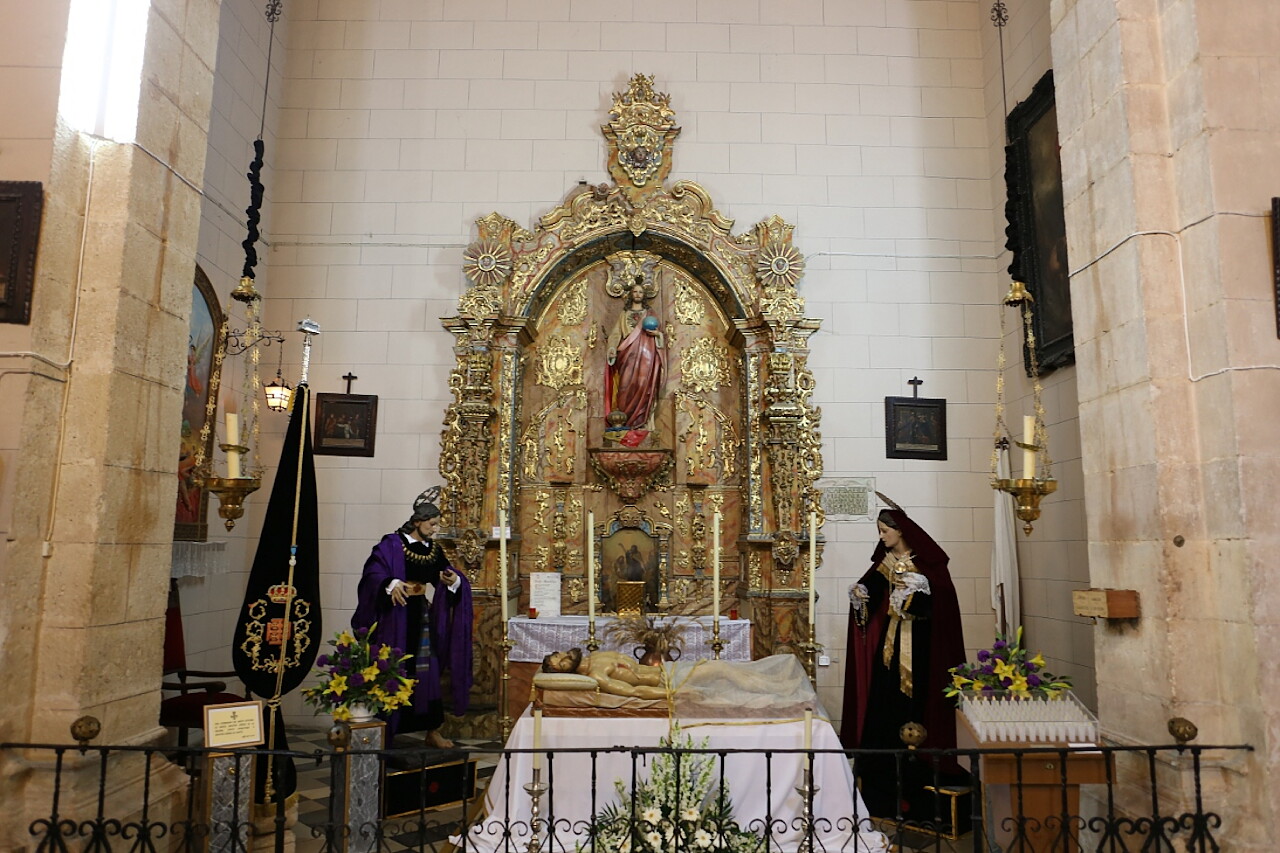
..
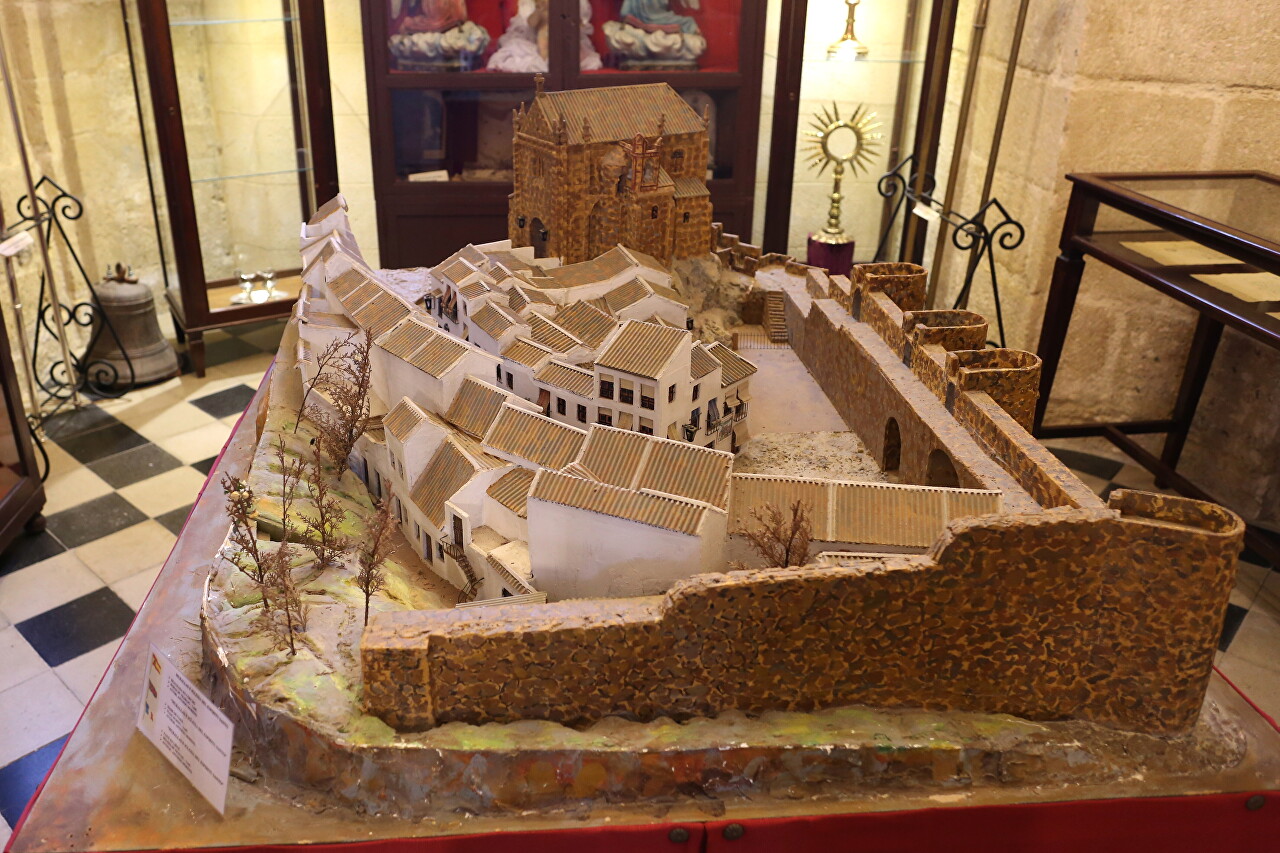
..

..
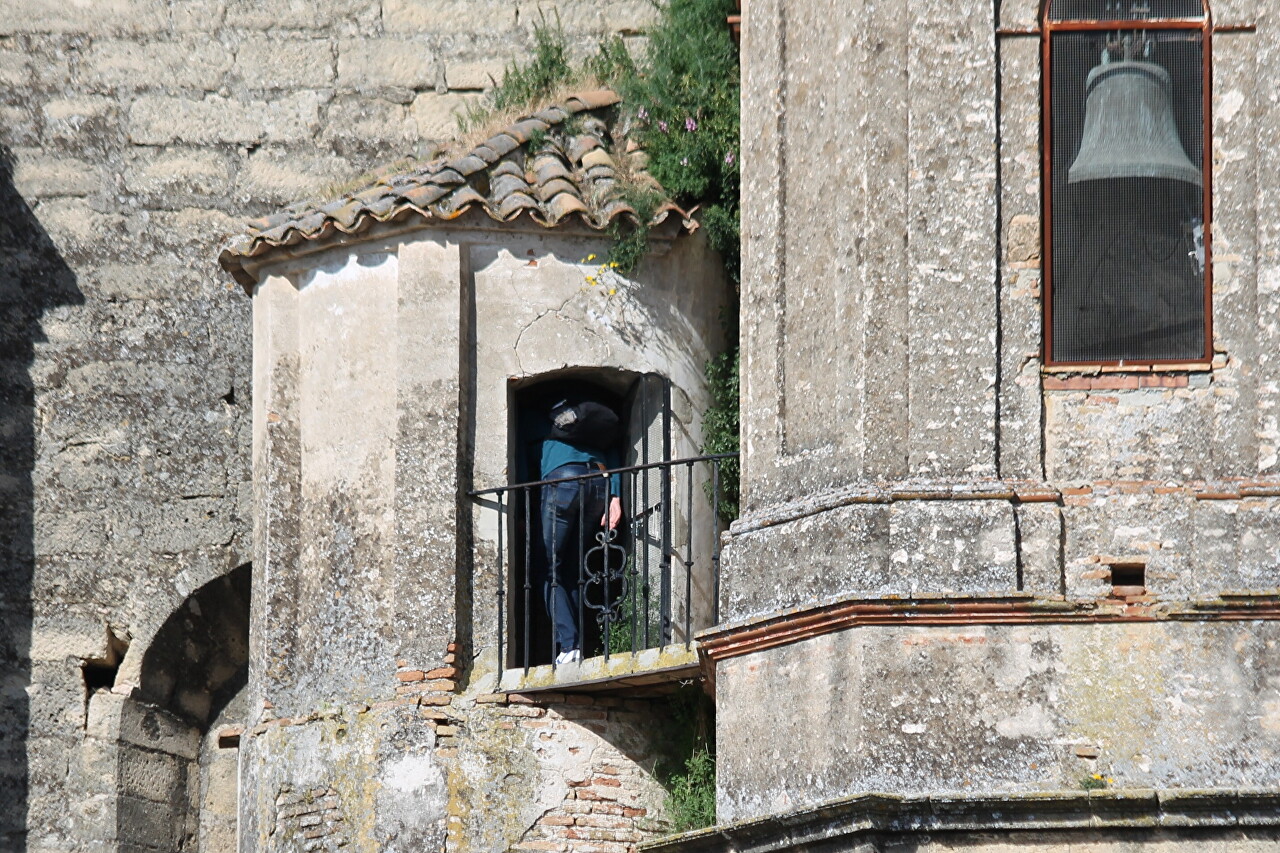
..
